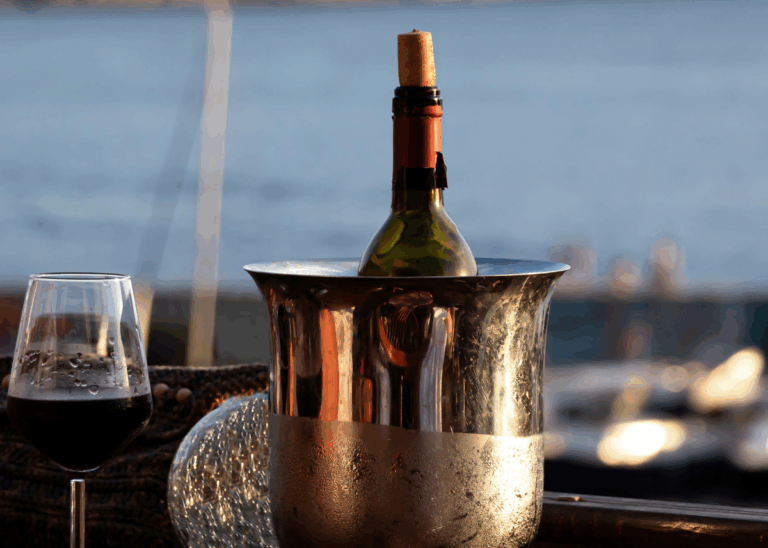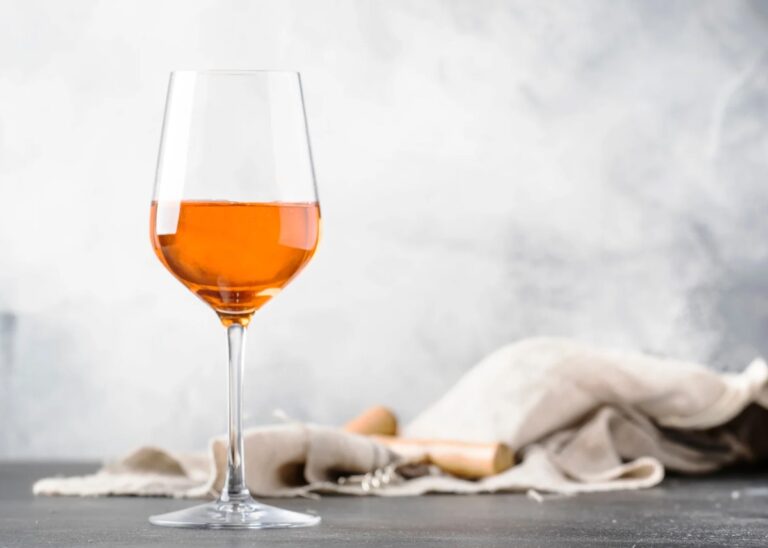[et_pb_section fb_built=”1″ _builder_version=”4.16″ _module_preset=”default” global_colors_info=”{}”][et_pb_row _builder_version=”4.16″ _module_preset=”default” global_colors_info=”{}”][et_pb_column type=”4_4″ _builder_version=”4.16″ _module_preset=”default” global_colors_info=”{}”][et_pb_text _builder_version=”4.27.0″ _module_preset=”default” hover_enabled=”0″ global_colors_info=”{}” sticky_enabled=”0″]
Calchaquí Valley, Argentina
Let me tell you — here in this club, you pay for dust.
Sitting down to write this, I had to blow dust off my laptop. The type of dust that talks. The same kind as if it were an old book left on a shelf for 100 years. I’ve spent the past few days covering about 250 miles of rugged terrain, most of it off-road, kicking up fine, sandy dust with every step.
I’m once again searching for the next bottle of wine that will make its way into our future collection at Bonner Private Wines. The north of Argentina is always rough, especially for newcomers, but it’s that same roughness that makes it worth every mile.
As I drive through these mountains, crossing places like Alto del Obispo at 11,000 feet, I always ask myself the same question: who in their right mind decides to grow wine here? Or even come here at all?
But those questions start to fade away with every interaction I have during my visits. You know I’ve been coming to this valley for about 8 years now, always in search of those little wine gems that eventually land on your doorstep.
Is it the people that bring me back? The wine? The landscape? I guess it’s a mix of all three.
Take Agustín, from Sunal. You’ve probably tasted his wines by now. He’s one of those winemakers you might call crazy — in the best possible way. As I’m pulling into Cafayate, my phone buzzes. It’s Agustín: “Change of plans. Meet me here.” He drops a pin to a location I’ve never seen before.
Twenty minutes and a cloud of dust later, I’m rolling up to a vineyard I didn’t know existed. Agustín’s there, grinning like a kid who’s just found a secret treasure. “This,” he says, sweeping his arm across the landscape, “was planted in the 1960s.”
[/et_pb_text][et_pb_image src=”https://bonnerprivatewines.com/wp-content/uploads/2024/09/PXL_20240918_134913504.MP_-scaled.jpg” _builder_version=”4.27.0″ _module_preset=”default” title_text=”PXL_20240918_134913504.MP” hover_enabled=”0″ sticky_enabled=”0″ align=”center” width=”48%”][/et_pb_image][et_pb_text _builder_version=”4.27.0″ _module_preset=”default” hover_enabled=”0″ sticky_enabled=”0″]
Diego, Agustín, & Mora
The vines are massive, with trunks over six feet tall — more like trees than grapevines. It’s like stumbling into a viticultural Jurassic Park. Turns out Pernod Ricard bought the vineyard in the late ’90s, seeing dollar signs. But without the capacity for large-scale production, the project withered on the vine — an all-too-common occurrence in the wine world.
Agustín is bringing it back to life with hands-on practices, including what I like to call “four-legged weed killers” — sheep grazing between the vines. The sheep can’t reach the first sprouts, so they keep the grass down without disturbing the grapes. It’s the kind of efficiency and sustainability that comes naturally here.
[/et_pb_text][et_pb_image _builder_version=”4.27.0″ _module_preset=”default” title_text=”PXL_20240919_173325857″ src=”https://bonnerprivatewines.com/wp-content/uploads/2024/09/PXL_20240919_173325857-scaled.jpg” align=”center” width=”71%” hover_enabled=”0″ sticky_enabled=”0″][/et_pb_image][et_pb_text _builder_version=”4.27.0″ _module_preset=”default” hover_enabled=”0″ sticky_enabled=”0″]
The aforementioned “four-legged weed killers”
These are the details that really add value, and are hard to perceive when uncorking a bottle.
Then there’s Raul at Tacuil. We bring our grapes from Gualfín to make Tacana here. If you’re a longtime member of our wine club, you’ve likely tasted most of Tacuil’s wines.
But did you know Tacuil also grows spices? Cumin, rosemary, paprika, and a few others. And like Agustín, Raul uses those same four-legged weed killers to keep the weeds in check. Sheep, spices, and wine all working together. That, my friends, is what I call true farm to table production. No high-tech solutions, no quick fixes — just the way it’s always been done.
In this part of Argentina, the land is dry for most of the year, and water is precious. Careful water use isn’t something they talk about as part of a sustainability plan — it’s just how life works here. The sheep not only graze but also provide wool for ponchos, knitted by the same hands that tend the vines. There’s a circle here: careful water use, sheep grazing, wool spun into garments, and, from time to time, the sheep end up on the asado. No waste, no excess. Everything has its place.
These are just a few of the things I see during my visits that answer the question: why here? The challenges here are natural, not artificially created. It’s not about certifications or labels. You’ve heard the buzzwords — “organic,” “sustainable.” These words have become easy ways to sell, overused and watered down. Here, it just comes naturally.
And that’s why I’m here. Covering these miles, tasting these wines, meeting these people. Not for a label or a certificate, but for something deeper. For a wine that doesn’t just taste amazing but feels like it’s part of the land, part of the story.
So, in January, when you receive your Argentine collection, and the bottles have a bit of dust on them, it’s valuable dust — the kind that talks.
And trust me — no other club delivers that kind of dust.
Cheers,
Diego
[/et_pb_text][/et_pb_column][/et_pb_row][/et_pb_section]


